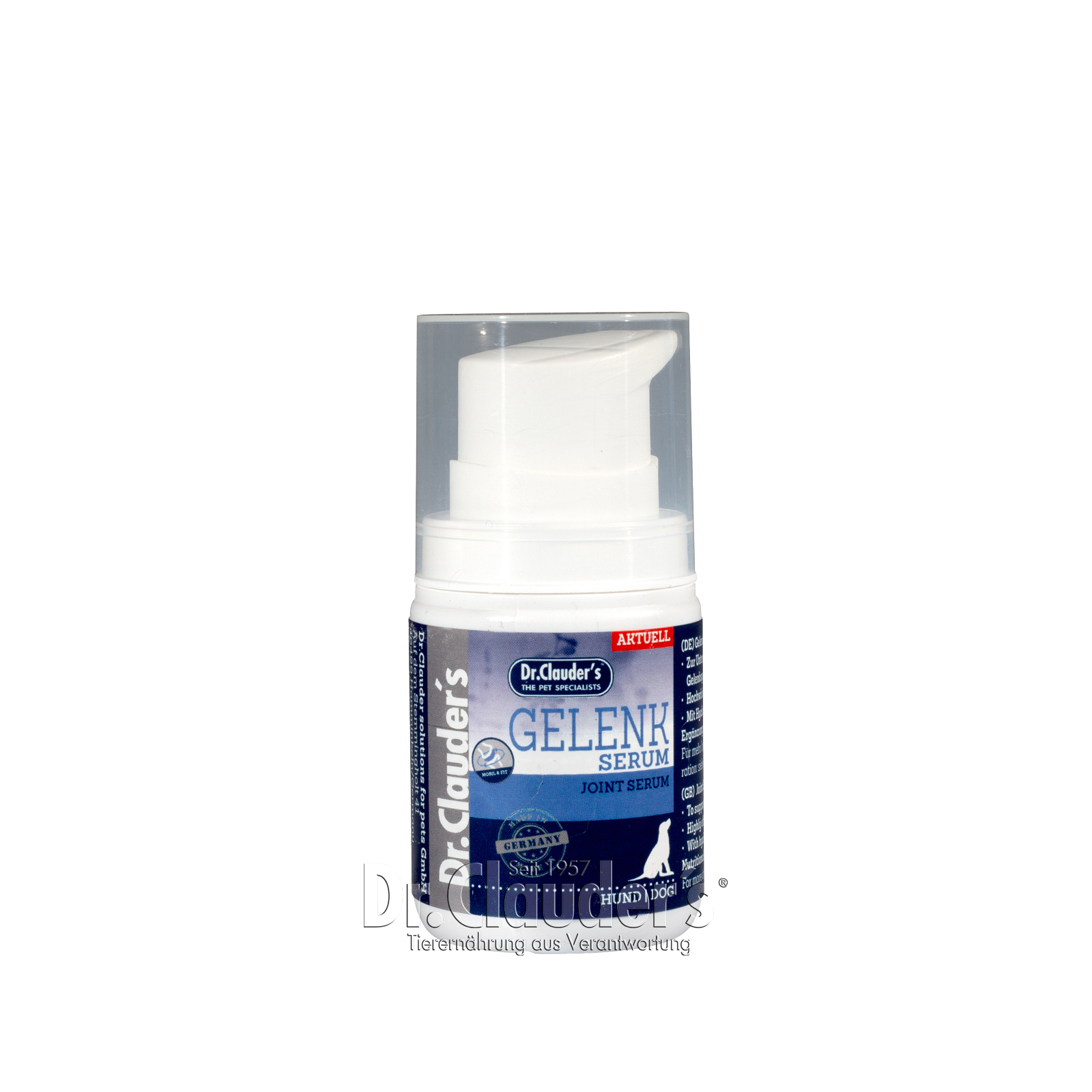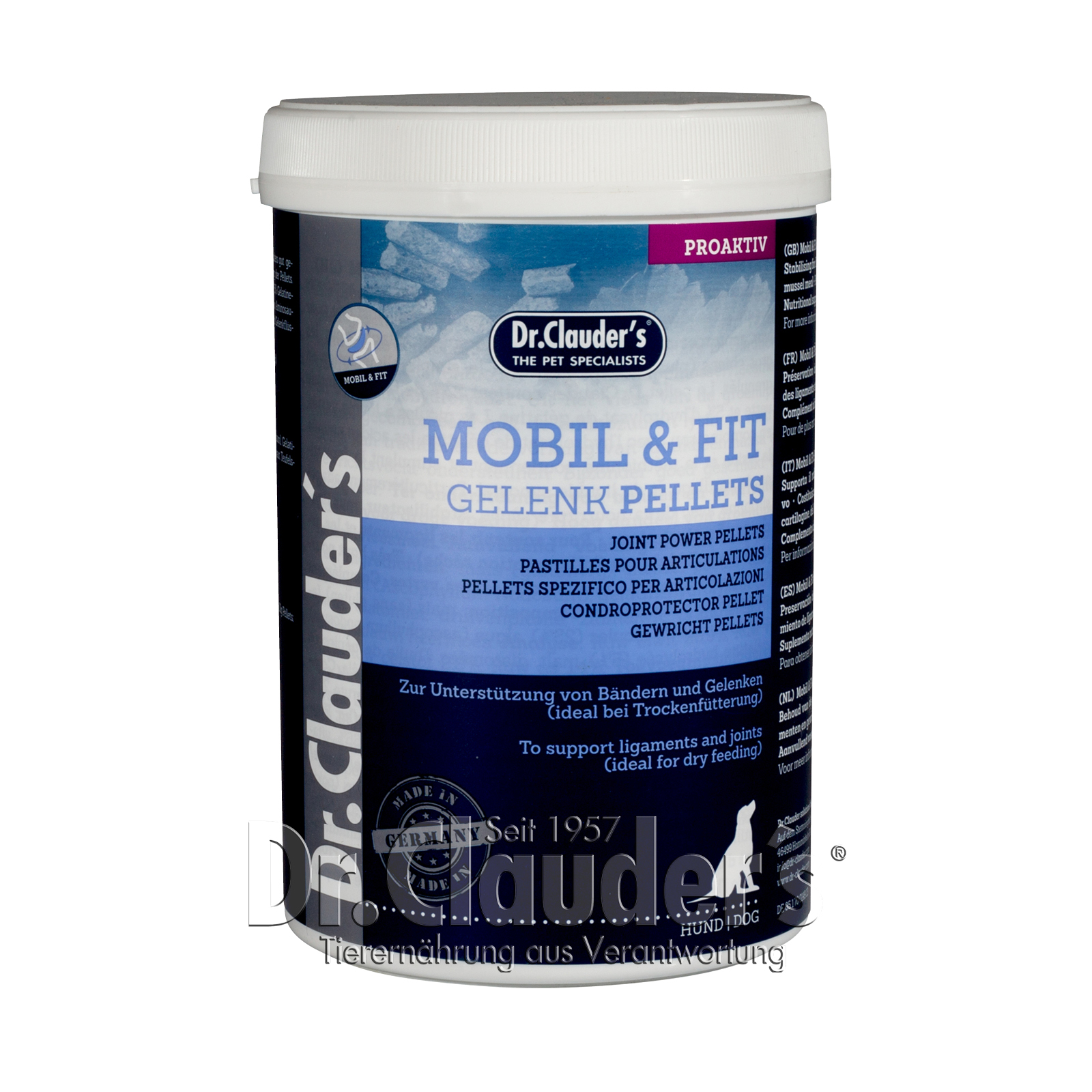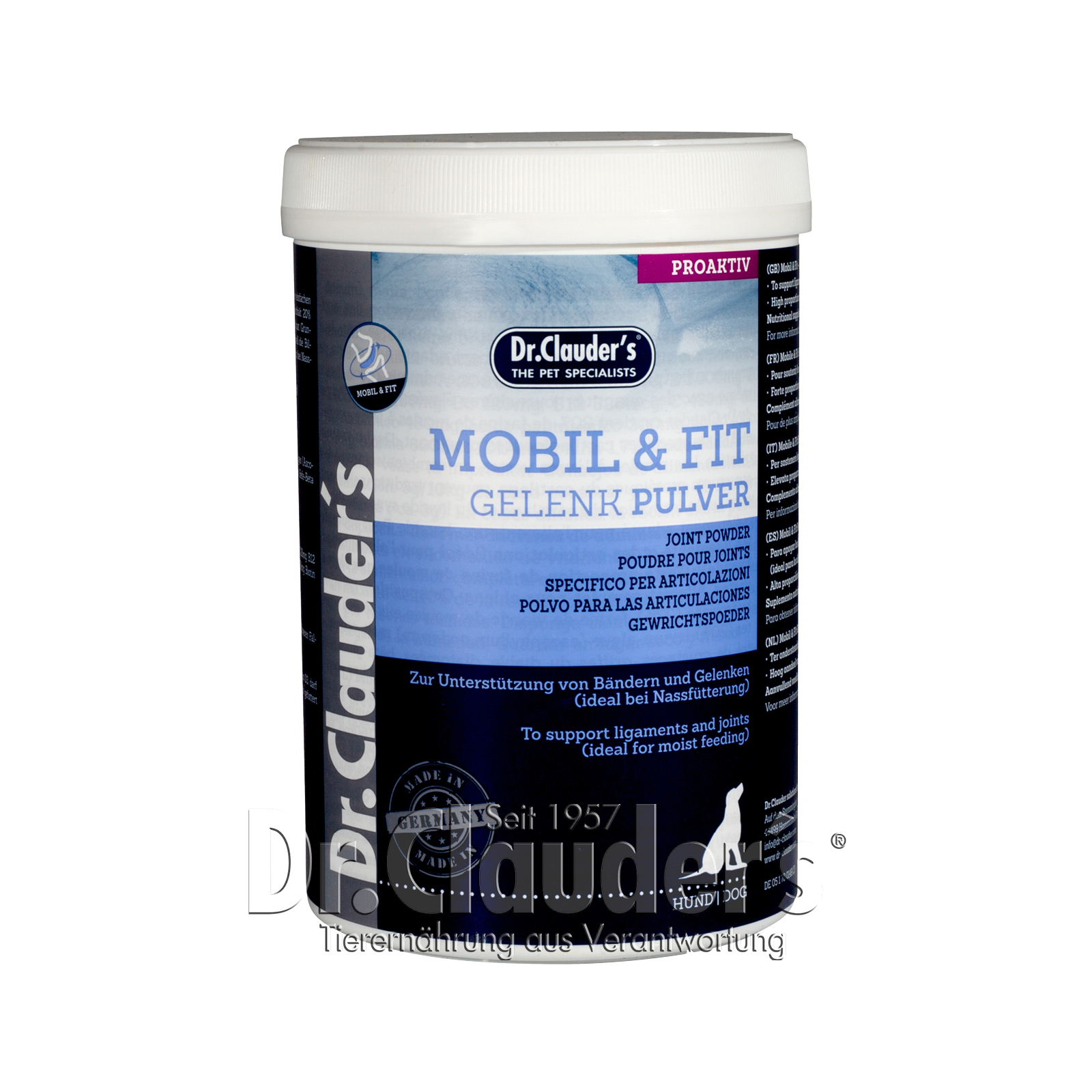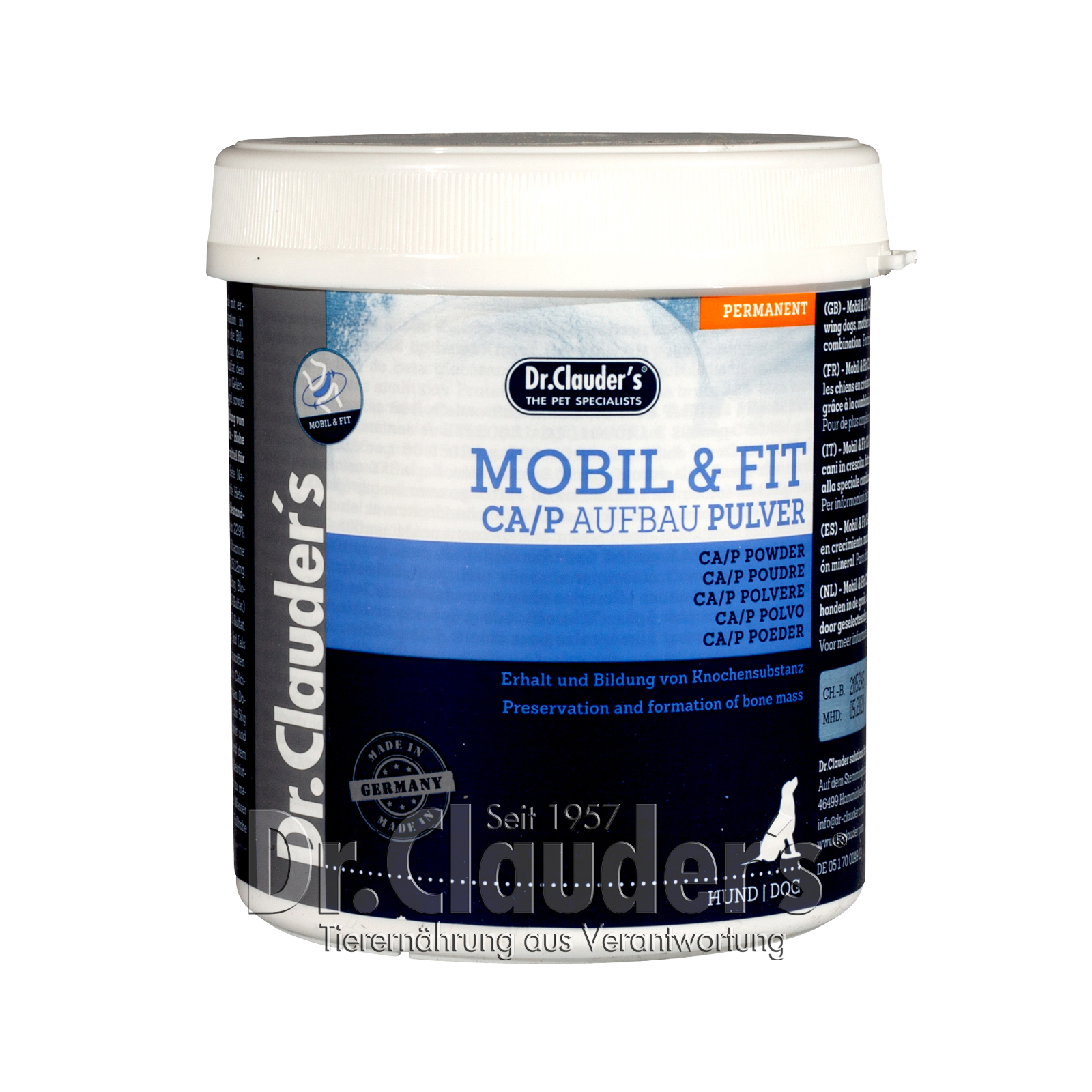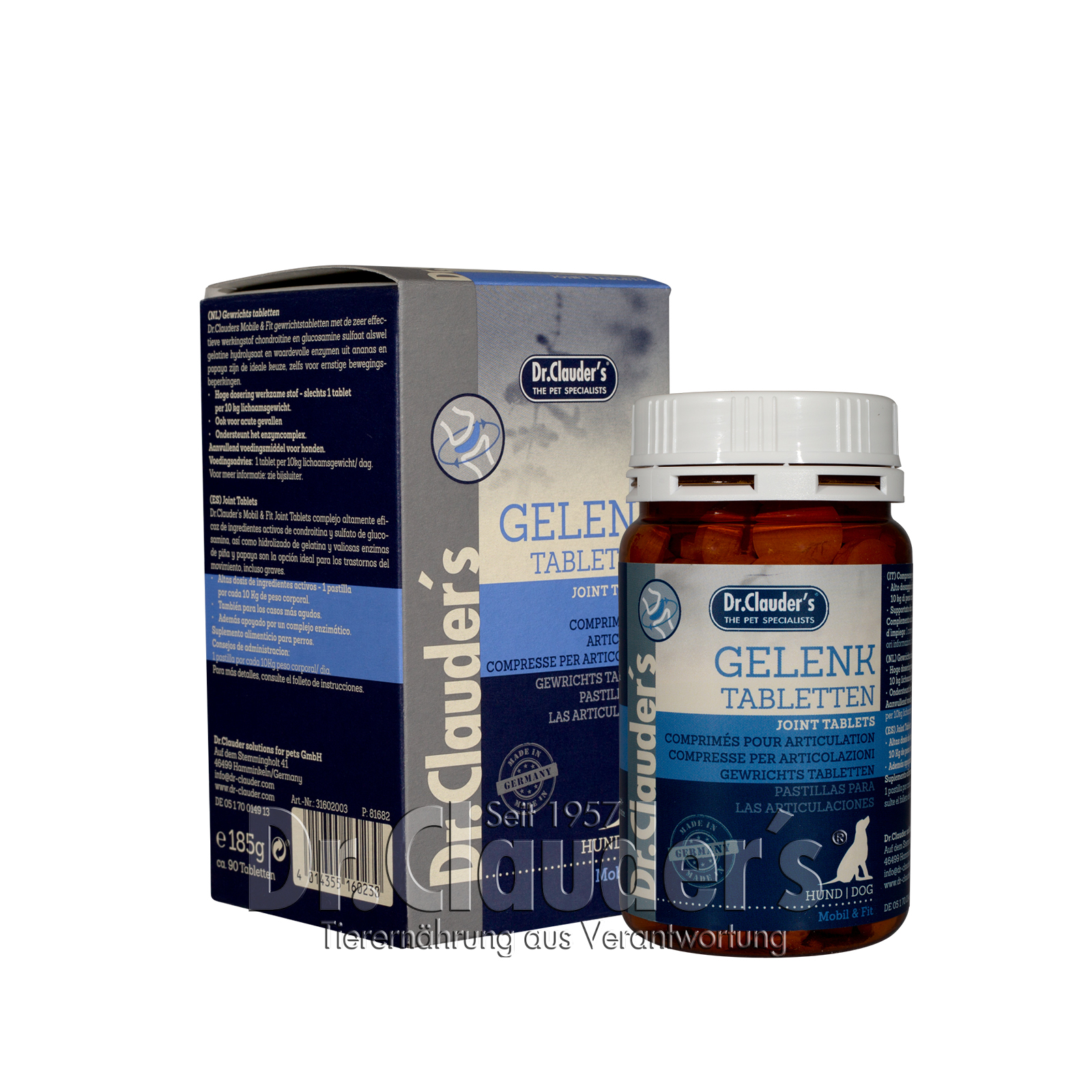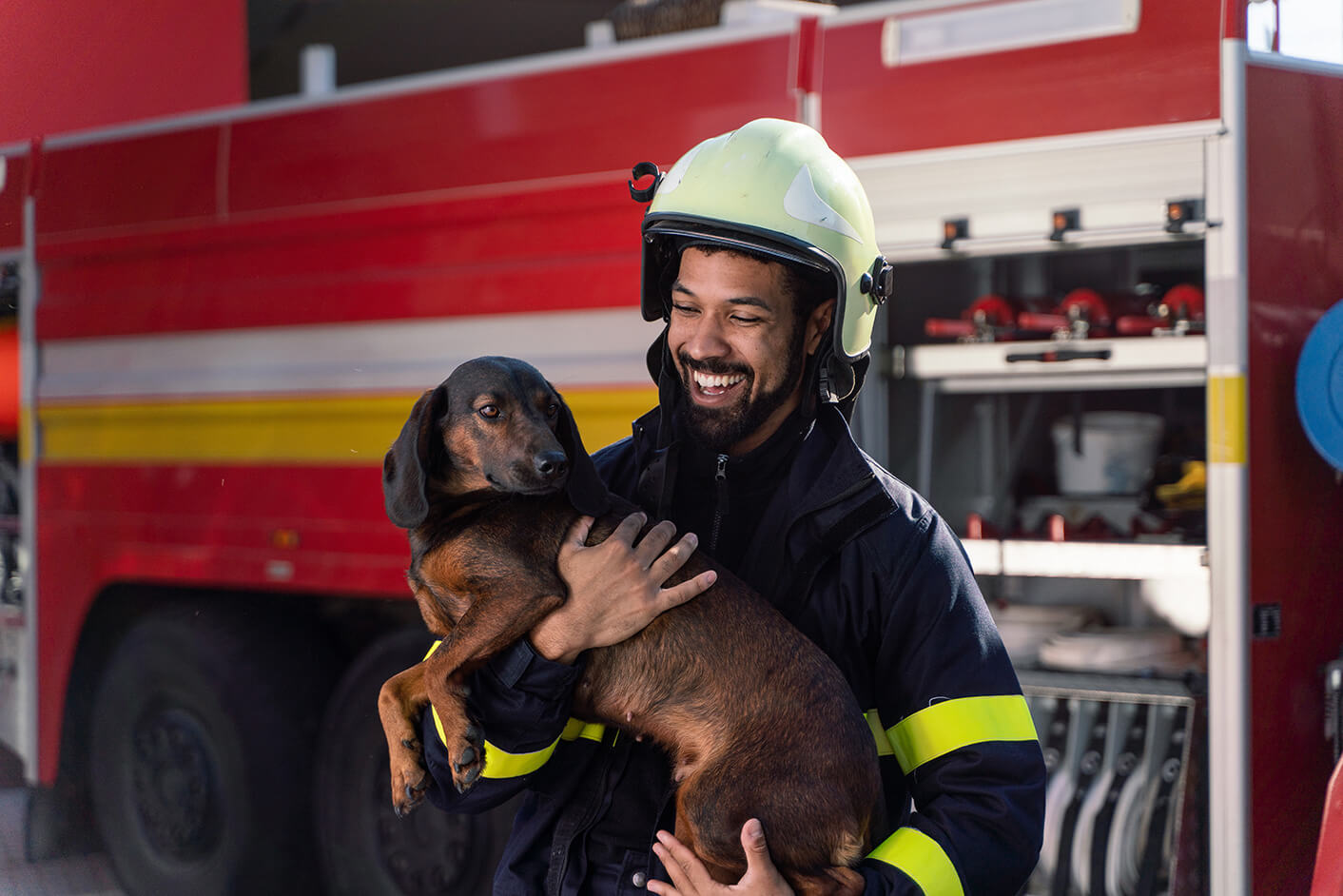Included in this article:
- The joints of the dog
- Recognise symptoms
- Chronic joint diseases
- Avoid joint problems
- Healthy cartilage
- Points to note
- Product tips
Does my dog have joint pain?
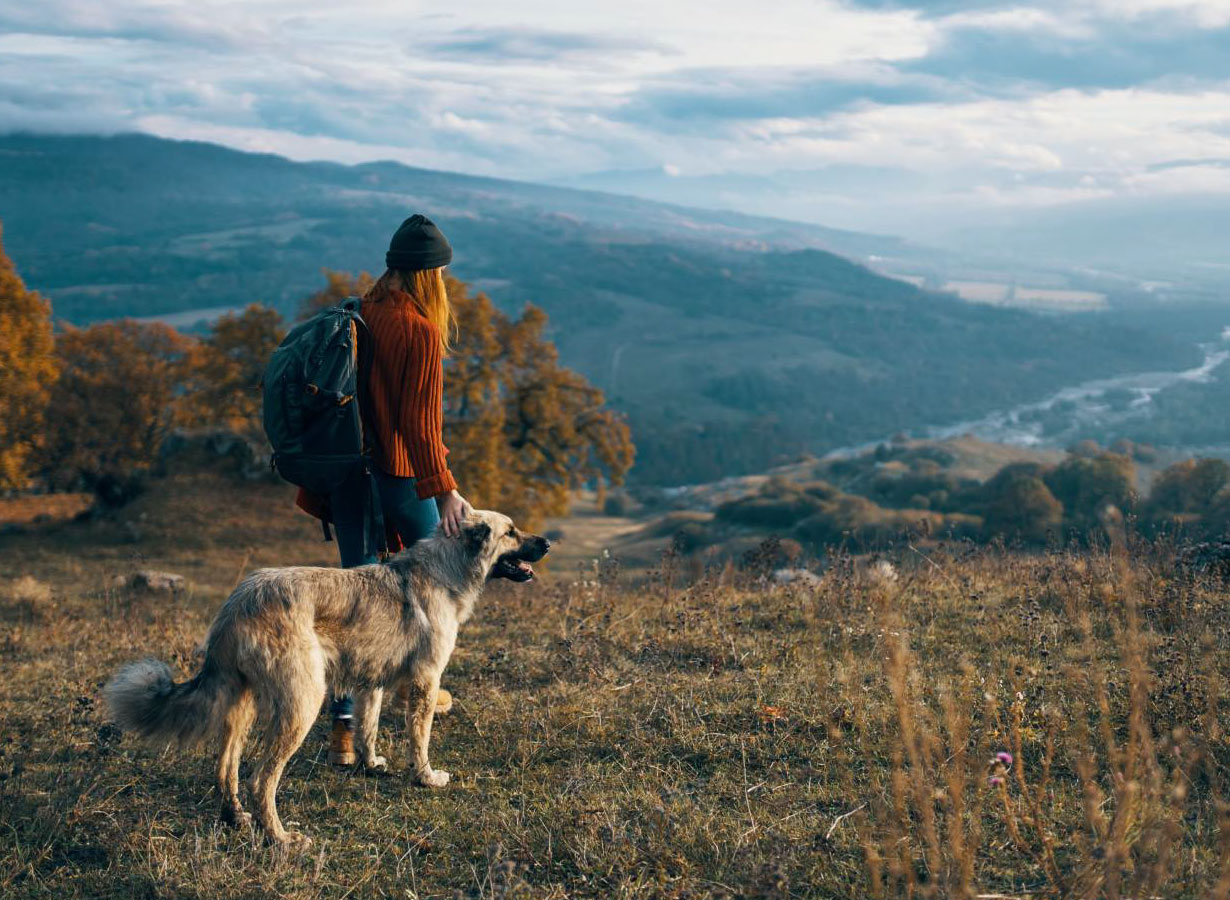
Do you know the signs and consequences of joint problems in dogs? Do you know what the best prophylaxis is or how you should treat your dog if he has symptoms?
In this article you will get the answers - because we want your four-legged companion to discover the world with you "like a young dog" even at an advanced age.
The joints of the dog
Muscles, bones, connective tissue, tendons and ligaments work together to ensure that your dog moves smoothly - the joints have the function of moving connections between all the solid bones and also serve as shock absorbers in movement due to the cartilage surface. The body's "hinges" enable it to run, jump or wag its tail. All parts of the musculoskeletal system are called upon here.
Dogs - like us humans - have different joints that differ in structure and directions of movement. The basic components are always the same:
- Bone
- Cartilage
- Synovial fluid
- Joint capsule
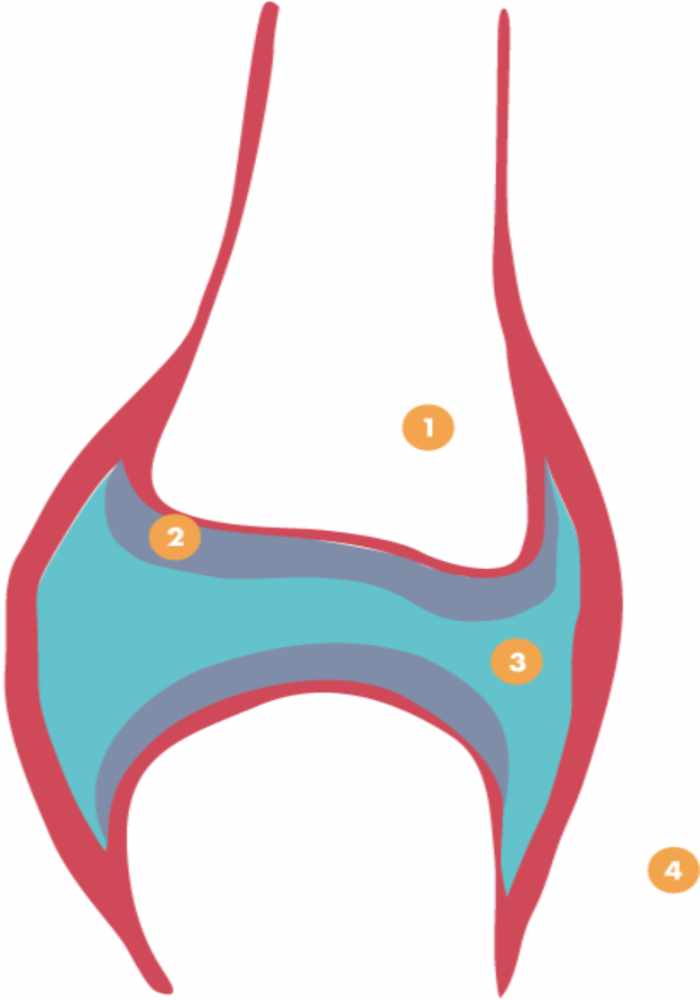
We call the ends of the two bones meeting at the joint the condyle and the socket. They are each covered by a layer of articular cartilage. Between them is the synovial fluid and the joint capsule covers the entire joint. It fulfils a protective and supply function. Depending on the joint, the ligaments enable mobility in the intended radius and, in interaction with the muscles, provide stability.
- Articular cartilage: With its smooth surface, cartilage helps to minimise friction and thus wear in the joints. In addition, due to its elasticity, it acts as a shock absorber and cushions forces that occur, for example, during running and jumping.
- The synovialfluid (synovialfluid ) consists mainly of hyaluronic acid, glucose and water and, like the cartilage, helps to absorb shocks. It also supplies nutrients to the cartilage and removes degradation products.
- Another task: Reduces the friction of the cartilage.
When joints no longer function properly due to a disease, the muscles also no longer work correctly, causing your four-legged friend to lose his mobility. Unfortunately, joint diseases occur regularly in dogs and can be very painful, making it all the more important to keep the musculoskeletal system healthy - for a long, carefree dog's life.
As an owner, you have it in your hands: with the right diet, promotion of mobility and some preventive measures - more on that later. First, we would like to sensitise you to the signs of joint pain in your dog and show you how to interpret the symptoms correctly.
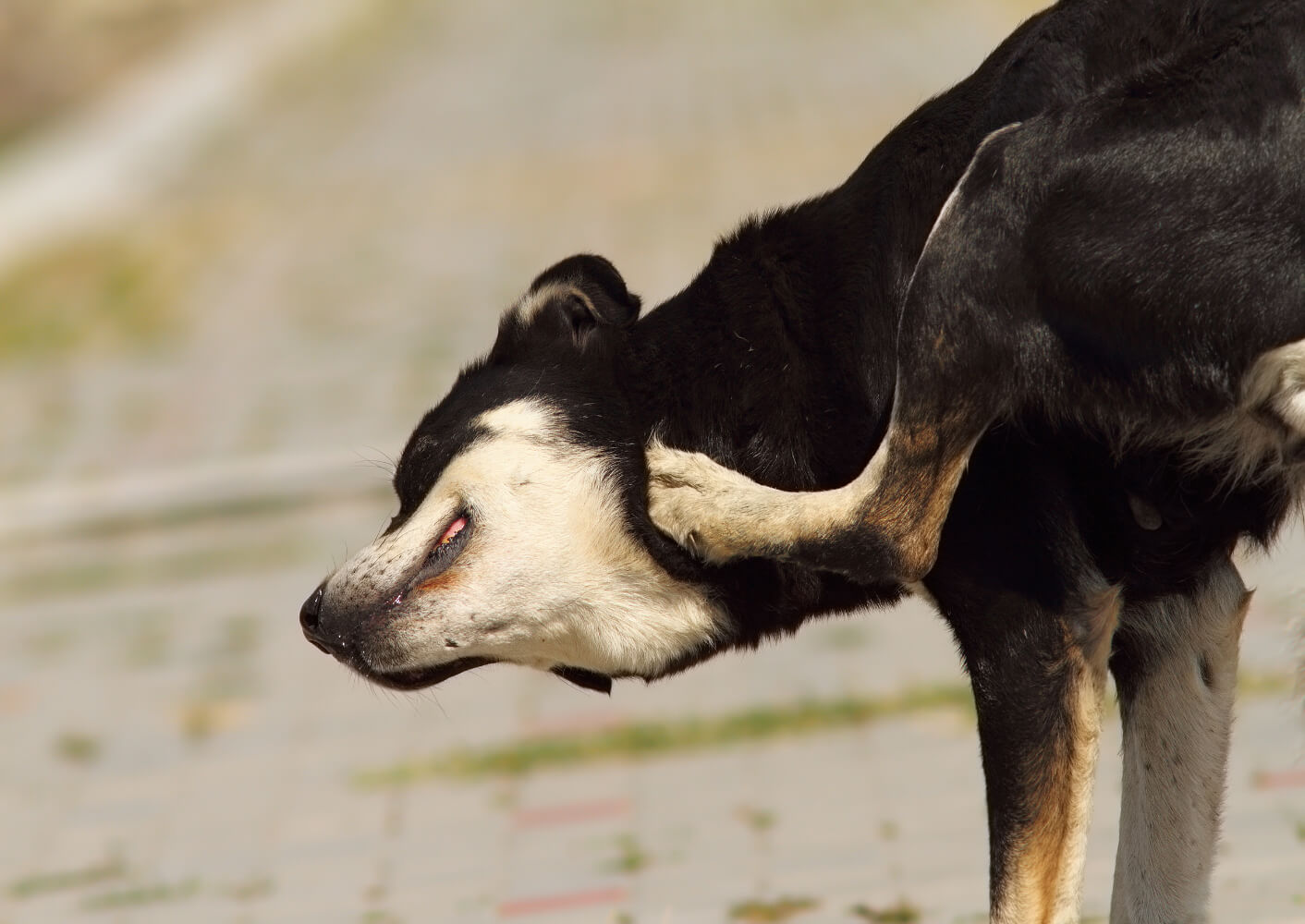
How to recognise joint pain in your dog
Does your dog seem lethargic? Is he reluctant to leave his basket for a walk? Does he have problems standing up, seem stiff or show unusual contortions when scratching? These could be signs of joint pain or even musculoskeletal disease.
Problems with joints are more common in large dog breeds than in small ones, because they grow very quickly and the critical growth phase lasts longer. They are therefore more often affected by obesity and the resulting joint problems.
For optimal bone and joint development, it is essential to feed the right amount of high quality food with an energy level and nutrient content adapted to the breed. For large breeds, prophylactic support of the joints with appropriate nutritional supplements is also recommended. But even if your dog is already showing signs of discomfort through a lame gait, sensitivity to pain or even swelling and joint stiffness, the healing power of nature can help provide relief.
Recognise warning signs of joint pain
Limping or stiffness can have different causes, so it is important to have the symptoms clarified by a veterinarian. Even seemingly harmless injuries such as a sprain should be treated to avoid possible secondary damage such as chronic joint disease and permanent movement restrictions.
Be attentive: Always pay attention to your dog's movements and behaviour and answer the following questions:
- Is my dog less active than usual?
- Does he have less well-groomed fur in hard-to-reach places?
- Does he walk with you reluctantly or just trot listlessly after you?
- Does he find it difficult to stand up or lie down?
- Does he no longer like to jump into the car or onto the couch?
- Is he sensitive to pain or aggressive when you touch certain parts of his body?
- Is he a little stiff after lying down for a long time and has difficulty moving?
- Does he have trouble climbing stairs? Does his hindquarters sway when he walks?
- Does he sometimes become aggressive towards you or other dogs for no reason?
- Does he have trouble lifting his leg, scratching his ear and/or rolling around?
- Does he have less appetite?
You can answer "yes" to one or more of these questions? Don't waste time - have your pet examined by a vet.
Causes of acute joint diseases
There are many causes of acute joint diseases - early treatment can protect against chronic diseases.
Here are some examples:
Acute lameness due to strain and sprain.
- Symptoms (acute cruciate knee ligament strain): Your dog will express the pain loudly by yelping or whimpering. He will then hold his leg up and be unable to tread.
- Causes: Exuberant playing, romping, hunting "Sports injuries" (sprain and strain) can only be avoided by firm connective tissues (vision, ligaments, joint capsules) and healthy, strong muscles.
Acute lameness due to overloading.
- Symptoms: Lameness symptoms, clammy walking at the end of exertion. Lameness continues the following day if the dog does not have enough time to recover.
- Causes: Excessive cycling with the dog at heel. This type of exercise is inappropriate for most dog breeds and leads to overexertion of the joints. Only suitable for pronounced long-distance runners: German hunting dogs (short-haired, rough-haired and long-haired), the Münsterländer, Dalmatians, limited (temperature) huskies, light Dobermans, etc.
Acute lameness due to back injury
- Symptoms: Acute back injuries with bruising of the nerves can cause your dog to be severely lame on one side and may be incorrectly diagnosed as an injury to the joint. The back must be palpated for tenderness and swelling to make a correct diagnosis.
- Causes: Strains or sprains
What chronic joint diseases are there in dogs?
Chronic joint diseases in dogs are unfortunately not uncommon and in the worst case can mean a permanent state of pain for your pet.
Arthritis and osteoarthritis
Symptoms: Arthritis is an inflammation of the joints that can occur in episodes. Cause: Infections (the most common pathogens include bacteria such as mycoplasma, borrelia or rickettsia). In arthrosis, the joint cartilage gradually breaks down.
Osteoarthritis is a degenerative, chronic joint disease and is one of the most common diseases in dogs. It is not curable as it leads to progressive and unstoppable destruction of joint cartilage, affecting the entire joint.
Causes:
- Congenital or acquired deformities or incorrect loading of the joints.
- Poorly healed injuries to the musculoskeletal system
- Too rapid growth in large breeds
- Overweight
The progression of arthrosis is gradual and not immediately recognisable. Often, clear symptoms only appear when the joint cartilage is already severely damaged.
Hip dysplasia (HD) & elbow dysplasia (ED)
Hip joint dysplasia (HD) and elbow joint dysplasia (ED) are among the best known joint diseases in dogs and refer to the maldevelopment of individual joint components.
Hip joint dysplasia: abnormal formation of the hip socket. The head of the femur no longer sits properly in the socket of the dog's hip and as a result cannot move back and forth properly.
Elbow joint dysplasia: can result from several growth-related diseases of the elbow joint in dogs and lead to pain and arthrosis-like changes in the joint. The sooner the disease is recognised, the better the treatment options.
Both diseases are usually hereditary and are therefore particularly common in certain breeds, such as German shepherds.
Spondylosis
In this degenerative and usually wear-related change of the spinal column, bony growth of the vertebrae occurs - often on the underside - and rigid bone bridges are formed. The spaces between the vertebrae ossify, resulting in a stiffening of the spinal column. Your dog's mobility is restricted as a result and he may be in severe pain.
Further consequences: Herniated discs, paralysis, incontinence and impairment of the nerve cords. Spondylosis is an unstoppable process and cannot be cured. The symptoms are treatable and the pain can be relieved.
Osteochondrosis dissecans (OCD)
Osteochondrosis dissecans (OCD) occurs mainly in large breeds of dogs: This degenerative developmental disorder impairs the formation of the joint cartilages. They become too thick and can no longer be sufficiently supplied with joint fluid and nutrients. As a result, the cartilage dies and can detach completely or partially. The detached cartilage fragments can then attach themselves to the joint capsules, where they grow and eventually ossify. This can lead to joint inflammation, which is why dogs with OCD often also suffer from secondary osteoarthritis. The causes of OCD are still unknown.
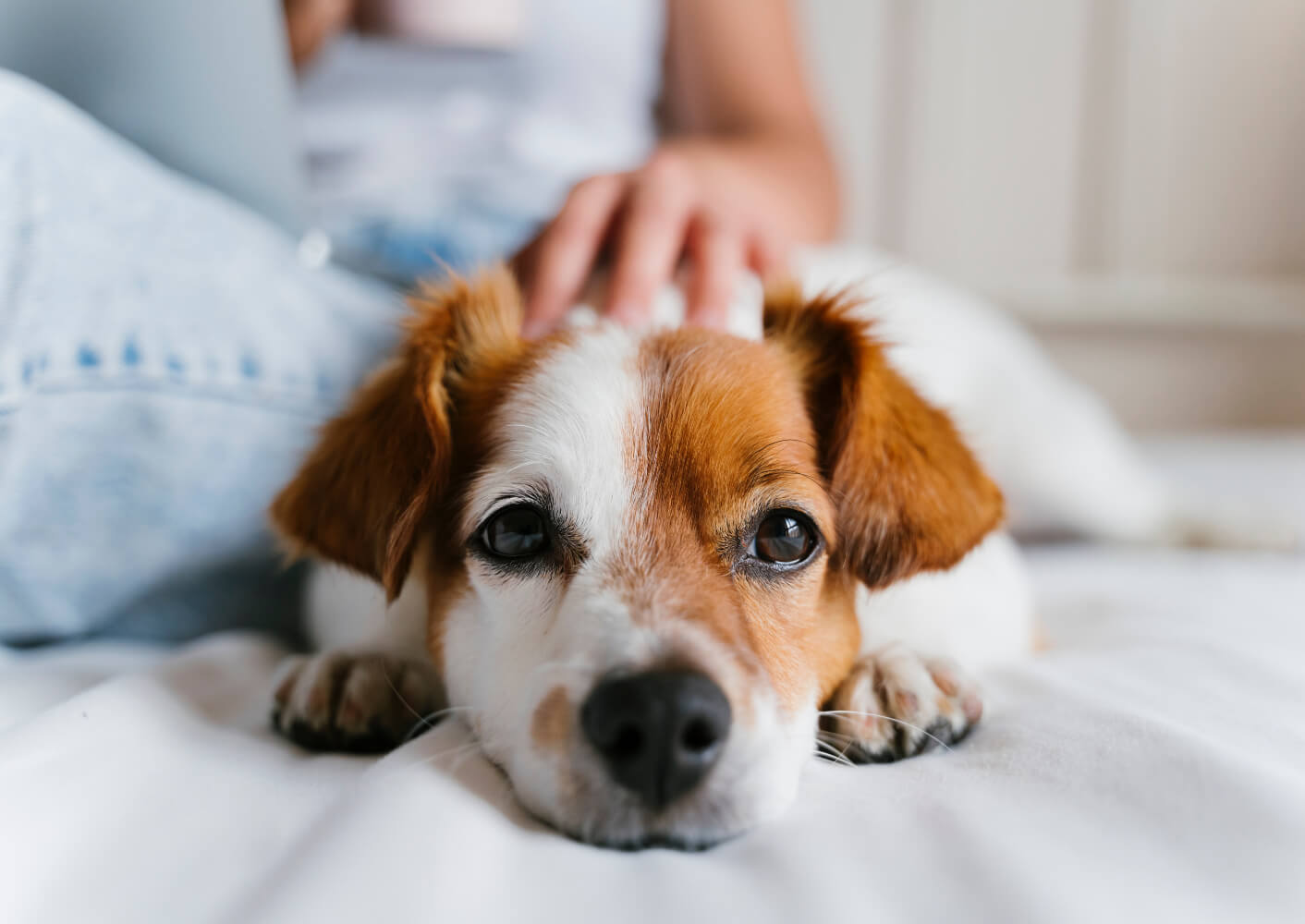
What can be done for chronic joint diseases?
Chronic joint diseases in dogs are treated with medication or surgery by veterinarians, depending on the cause and the disease:
- Bacterial joint inflammation (arthritis): Antibiotics.
- Progressive joint wear (arthrosis: pain-relieving and anti-inflammatory medication against joint pain).
- Physiotherapy to maintain mobility.
- Sometimes medicines with active substances that protect the cartilage (so-called chondroprotectants) are also used.
- Hereditary deformity of a joint: possibility of surgical correction
You too can help your dog to live a beautiful and pain-free life.
Strategies to prevent joint problems
Healthy dog joints are not a given - especially our four-legged seniors are at increasing risk of chronic joint disease as they age.
The good news is that you can positively influence your dog's joint health by taking the right measures right from the start.
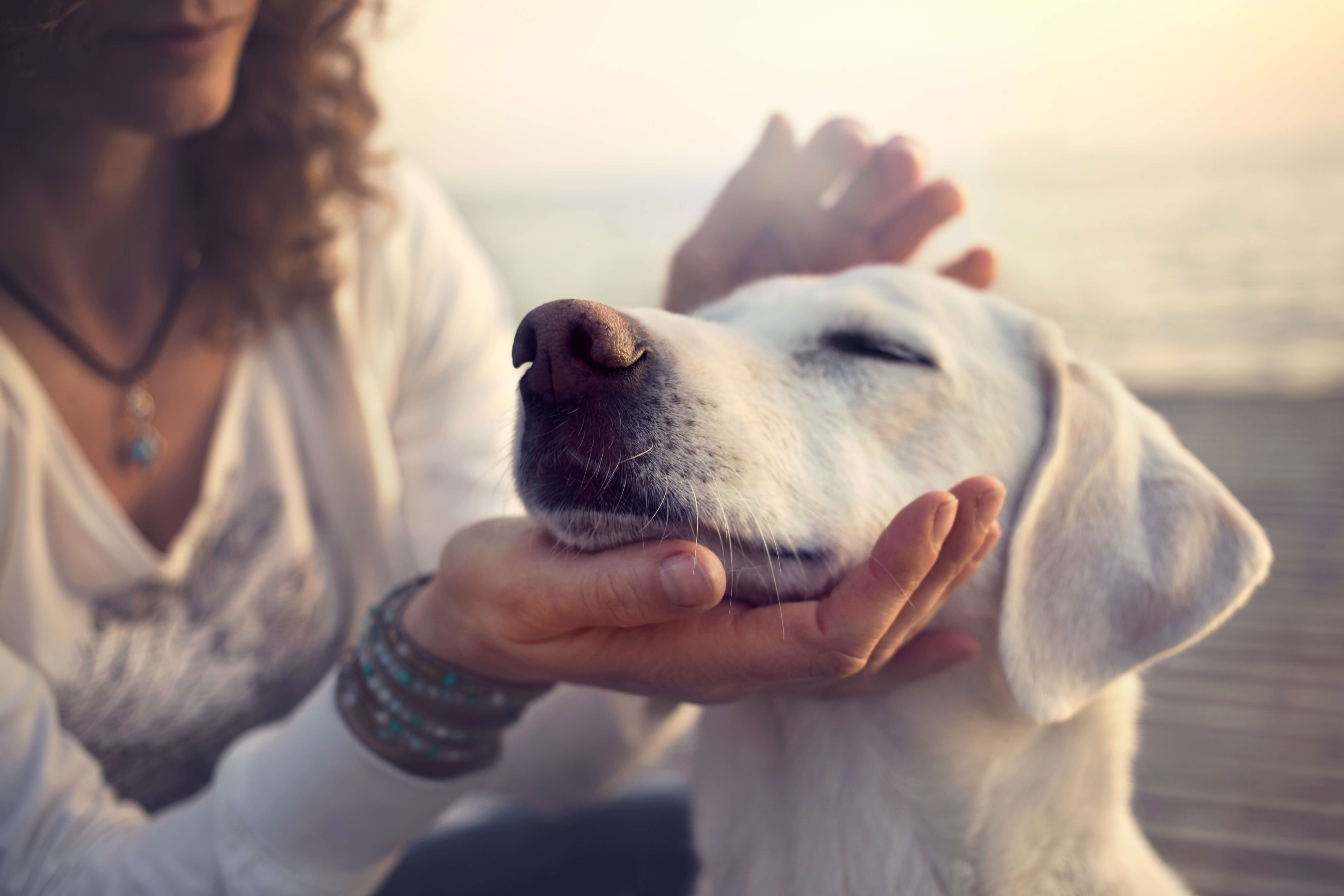
Healthy cartilage protects tendons and joints
Hyaluronic acid can be an important element in joint pain. The body produces the substance itself. However, the concentration decreases with age - in dogs just as in humans. Hyaluronic acid is the main component of synovial fluid (joint fluid) and serves as a lubricant in all joint movements. In acute arthrosis, hyaluronic acid is therefore often injected directly into the joint.
Protect your dog and act preventively: supplementary feeds with hyaluronic acid - especially in combination with glucosamine, chondroitin sulphate and gelatine hydrolysate - help to strengthen cartilage and stabilise the entire joint system. Mobil & Fit Joint Serum contains these ingredients and also benefits from the anti-inflammatory effect of devil's claw , which is also used. The great taste of the serum regularly ensures empty bowls and happy dogs when added to food. Mobil & Fit Joint Tablets also use the active ingredient complex of chondroitin and glucosamine sulphate as well as gelatine hydrolysate. All three ingredients are naturally found in cartilage and joints and help to improve its stability as well as moisture retention. Tendons and joints are thus protected. To enable your dog's body to absorb and metabolise these ingredients optimally, the enzymes bromelain from pineapple and papain, which is extracted from papaya, are added to the tablets. These stimulate the production of cartilage mass.
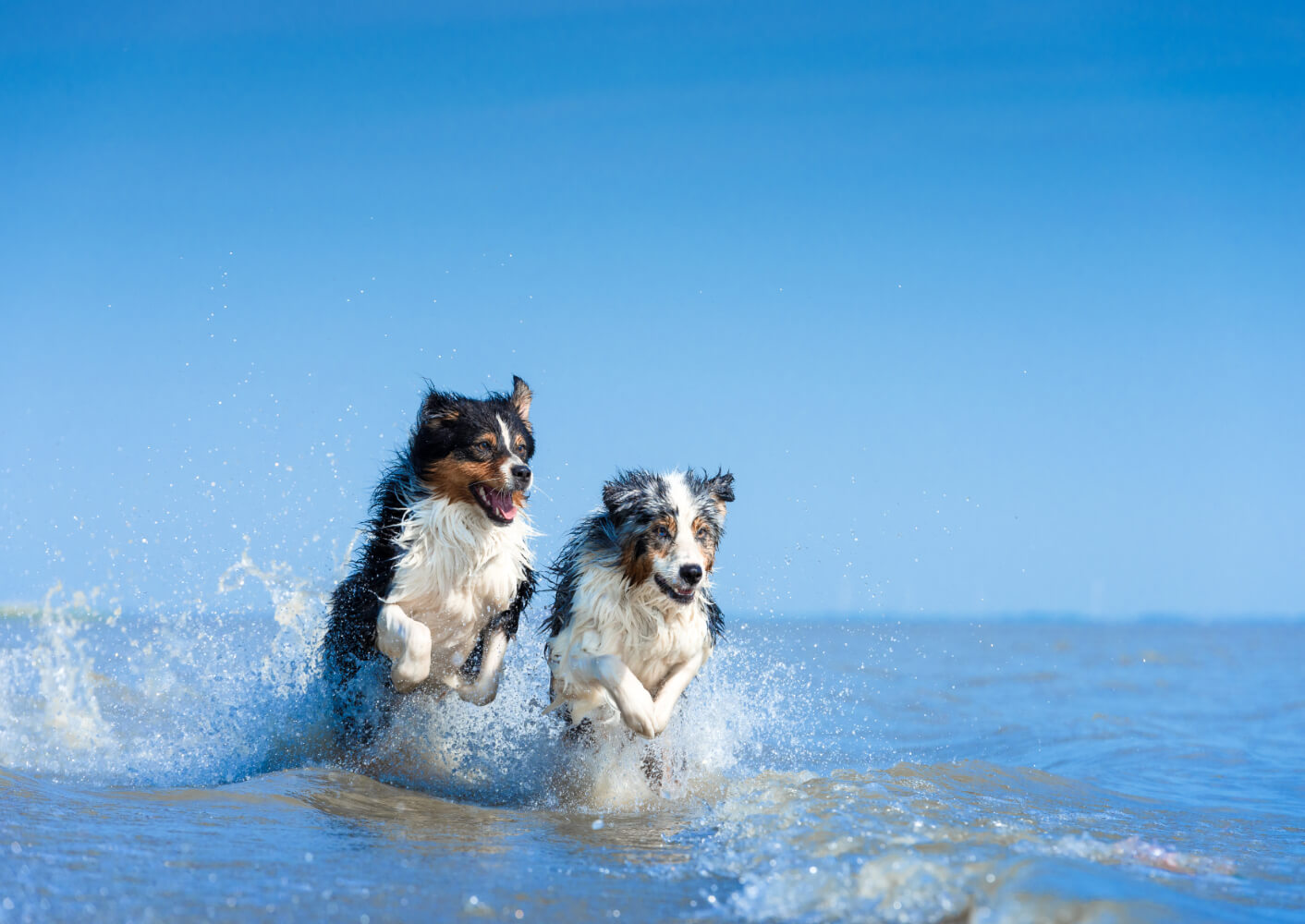
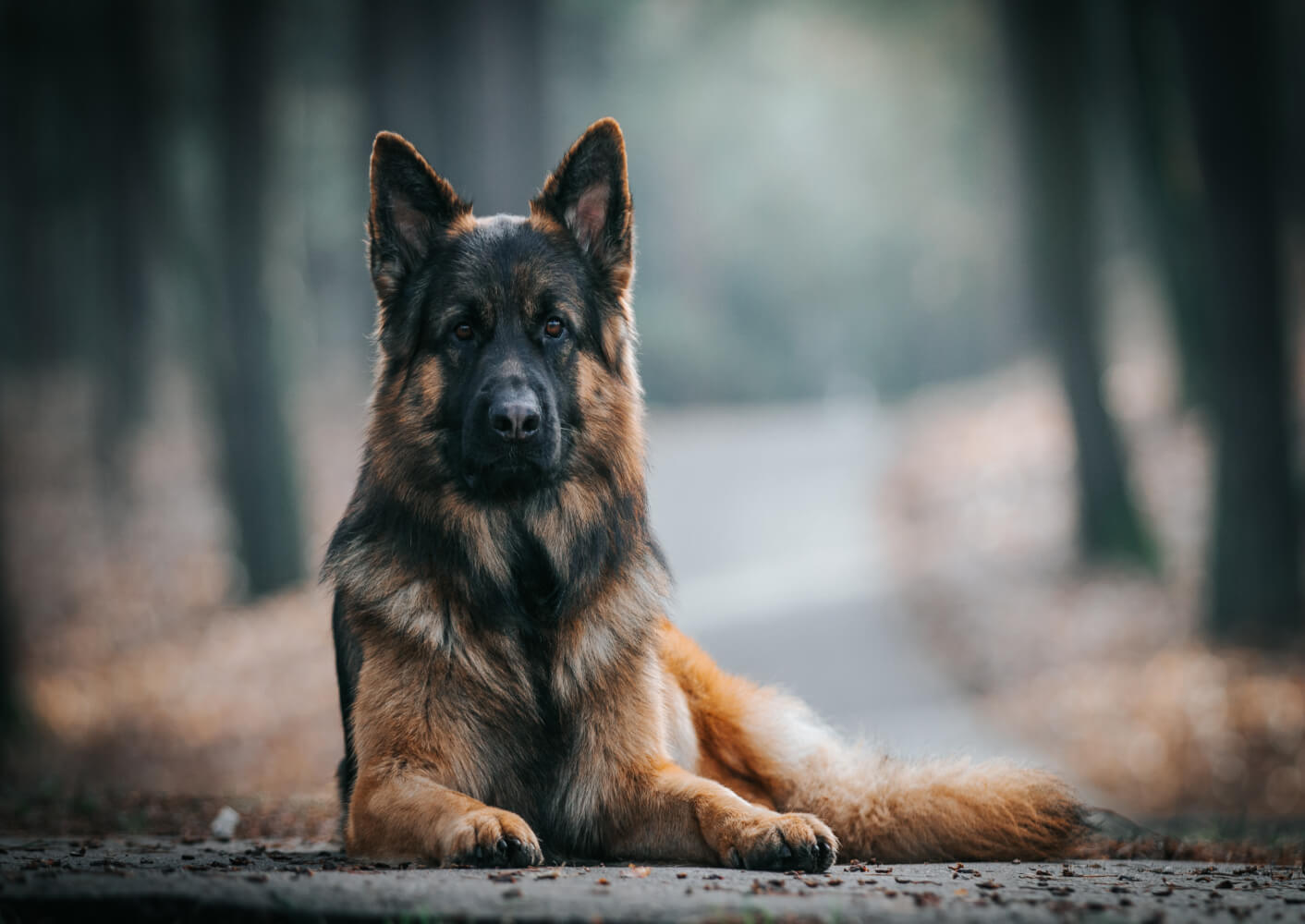
For big and small - and even bigger
Joints and bones are particularly stressed during growth. In this important phase, you can support your four-legged friend by adding chondroitin sulphate and glucosamine sulphate . To promote the formation of bone substance, a high calcium content is advisable. This special combination of minerals is found in Ca/P Aufbau powder. Add the powder to the food for the optimal supply of puppies and young growing dogs, but also for mother animals or old dogs. It contributes to the maintenance and formation of bone substance.
Large and heavy dogs are particularly often affected by joint problems. For this reason, Dr.Clauder's has developed its Mobil & Fit - Joint Powder and Mobil & Fit - Joint Pellets .With green-lipped mussel meal , the supplements can make a valuable nutritional contribution to maintaining your dog's joint function. In combination with gelatine hydrolysate and the amino acids lysine and methionine, the green-lipped mussel can promote the formation of cartilage mass and joint fluid. Because of their shape, the pellets are easy to add to dry food.
Do you prefer wet food? Then Mobil & Fit - Joint Powder is the best choice. Green-lipped mussel meal and cartilage protein from gelatine hydrolysate promote cartilage mass and joint fluid.
You should remember this
Dr.Clauder's for mobility and joints
A balanced diet and targeted addition of supplements can improve your pet's mobility in the long term and reduce the dosage of painkillers in chronic diseases.

